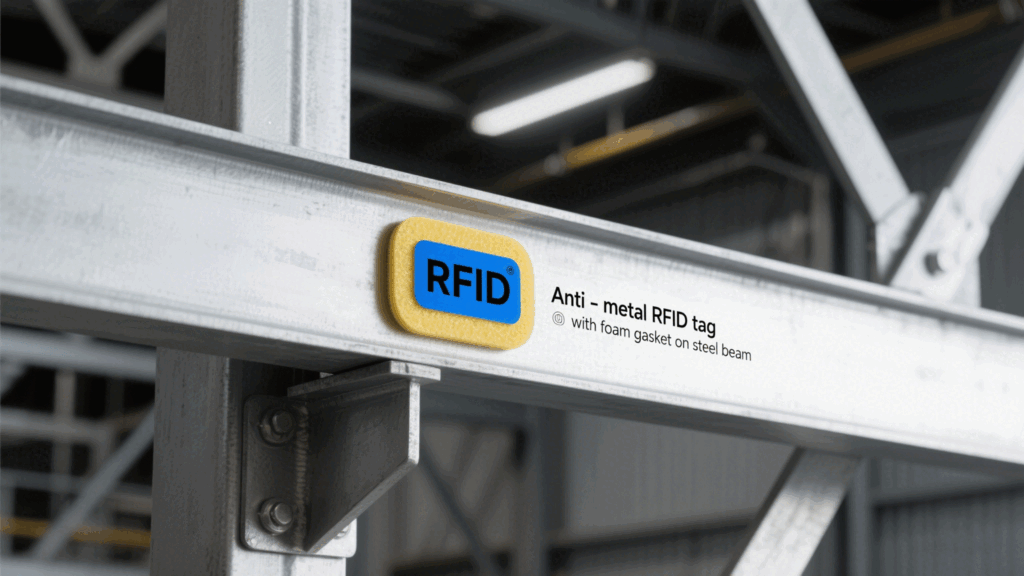Smart Library Operation Solution,Cykeo RFID Library Management System
464Cykeo RFID Library Management System Enhancing Management Efficiency
MoreAll RFID Product
You’ve set up RFID antennas in your factory, but half your machinery tags aren’t scanning. Workers are crawling under forklifts to manually log assets, and inventory counts are a guessing game. Metal isn’t just your core material—it’s your RFID system’s worst enemy. Here’s how to fight back against interference and reclaim reliable tracking without overhauling your entire setup.
RFID signals bounce off metal like ping-pong balls, causing three headaches:
Real Cost: A Cykeo client lost 12 hours weekly rescanning metal parts before fixing their setup.

a. Elevate and Angle
b. Zone Your Facility
c. Avoid “Mirror” Surfaces
Pro Tip: Use a $20 laser pointer to simulate signal paths and find reflection hotspots.
a. Anti-Metal Tags
b. Tag Placement
c. Test Before Scaling
a. Dampen Reflections
b. Block Interference Sources
c. Tune Reader Settings

If hacks aren’t enough:
Case Study: A warehouse using Cykeo’s LF antennas boosted read rates from 55% to 90% on metal pallets.
Takeaway: Beating RFID interference in metal-rich facilities isn’t about spending more—it’s about working smarter. Elevate antennas, tweak tags, and zone your space to turn chaotic reflections into crisp scans. Start small, test relentlessly, and remember: even a 20% improvement saves hours of manual work.
Cykeo RFID Library Management System Enhancing Management Efficiency
MoreDiscover how RFID for tool tracking eliminates FOD risks, cuts manual errors by 85%, and ensures compliance in high-stakes industries. Cykeo’s rugged solutions tested in Singaporean MRO hubs.
MoreDiscover the real difference between an RFID reader and an RFID antenna — how they communicate, where each fits in RFID systems, and why their connection defines performance in industries from logistics to healthcare.
MoreDiscover the power requirements for industrial long-range RFID readers, including voltage, energy efficiency, and backup options. Ensure reliability with Cykeo’s rugged solutions.
More